
米中分断:米中海底ケーブルで2026年以降の計画なし
US-China division: No plans for US-China submarine cable beyond 2026
美中部門:2026年後沒有中美海底電纜計劃
・中国リスクで海底ケーブル計画が急減
・東南アジアでデータセンターが急増中
日経新聞掲載記事からSummaryをお届けします。

米中分断の影響:
・中国とつながる海底ケーブルが中国を迂回へ
・米中分断を背景に、2026年以降の計画なし
・データセンター増加で、東南アジアのシェア上昇
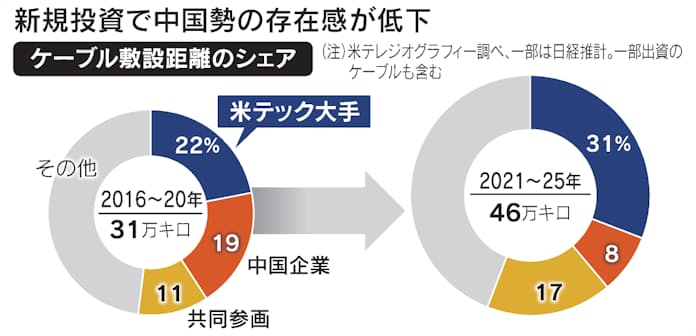
米中の海底ケーブル分断:
米中の海底ケーブルは、国際通信の大動脈だった。
1.2023年まで、中国は世界の中国海底ケーブルの集積地。
2.しかし、米中の分断で世界のデータの流れが変わり始めた。
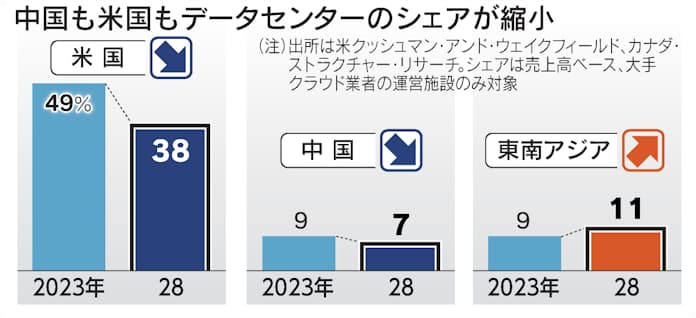
2025年以降の計画本数:
中国のデータセンターが減少、東南アジアが増加へ。。
地政学リスクを睨み、新たな動きが起きている。
1.2025年以降の中国との米中接続計画は3本のみ。
2.接続計画は、シンガポールの半分以下にとどまる。
https://www.nikkei.com/article/DGXZQOCB03CZS0T00C24A4000000/
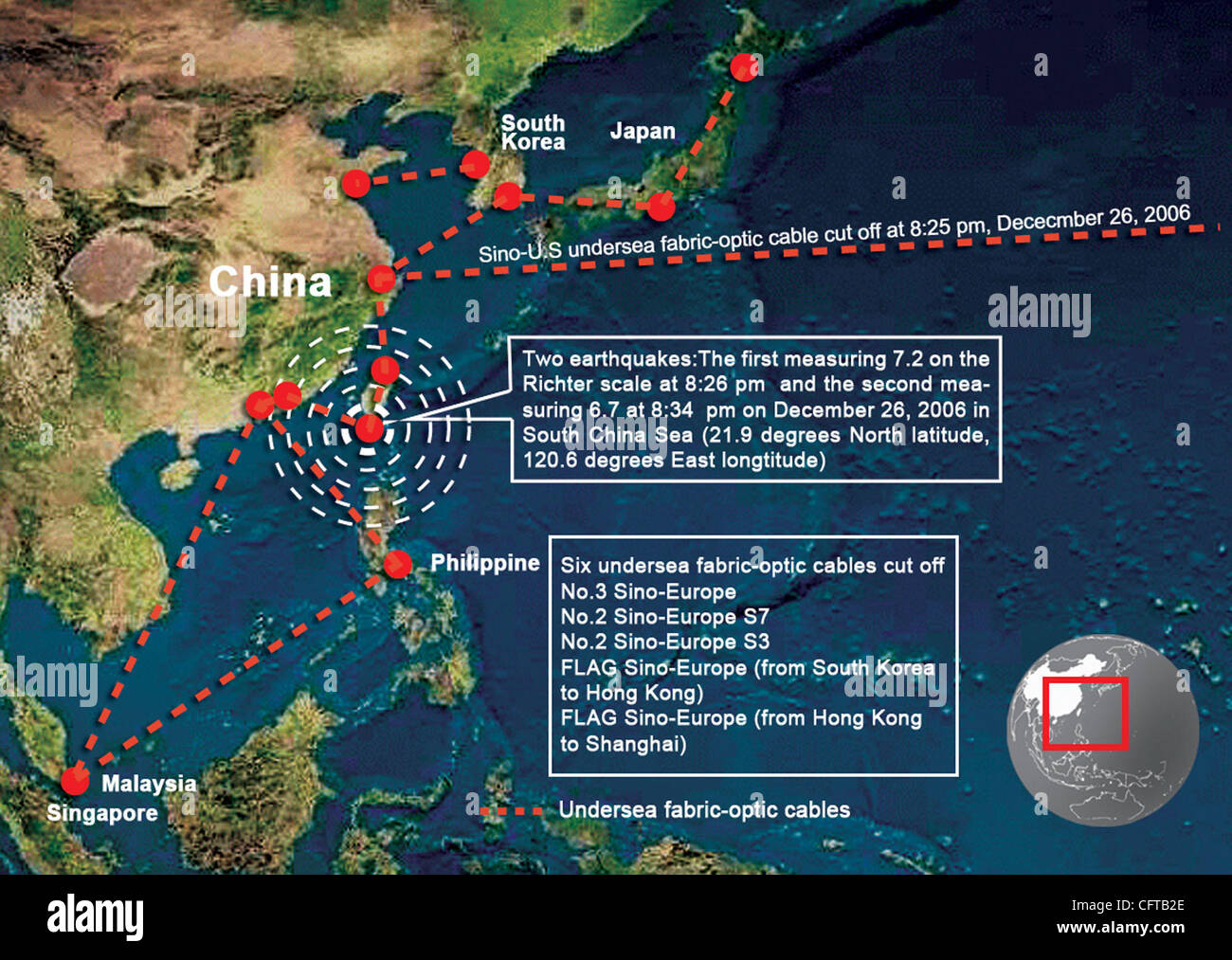
More subsea cables: bypass China as Sino-U.S. tensions grow
By NIkkei Asia Report
TOKYO — Growing geopolitical tensions between the U.S. and China
have begun to affect the flow of global data due to an expected sharp fall in new undersea cables linking China with the rest of the world.
Once billed as a future hub for subsea networks :
that form vital arteries of international communication,
1.China is expected to see only three cables laid after this year
2.fewer than half the number planned for Singapore.
The lack of undersea projects is also expected to weigh on the construction of data centers in the country.
Subsea cables form the backbone of the internet:
carrying 99% of the world’s data traffic.
Roughly 140,000 kilometers of such cables will be completed this year, three times more than five years ago, according to the U.S. research company TeleGeography.
The increase reflects growing demand for data traffic prompted by the spread of video streaming and cloud services.

On April 10, Google announced:
a $1 billion project to build two submarine cables to connect Japan, Guam and Hawaii.
The announcement was timed to a meeting in Washington between Japanese Prime Minister Fumio Kishida and U.S. President Joe Biden.
The leaders said in a joint statement that they welcomed the investment “to improve digital communications infrastructure between the United States, Japan and Pacific Island Nations.”
Behind this seemingly coordinated public-private initiative was “the subsea cold war” between the U.S. and China, said TeleGeography’s research director, Alan Mauldin.
China has arisen as an economic superpower rivaling the U.S. and now consumes large amounts of data.
Fifteen 1,000-km-plus submarine cables, all put into use since 1994, link China and the rest of the world.
China Mobile and other state-owned companies have led those trans-Pacific and other projects, sometimes jointly financing them with U.S. companies.
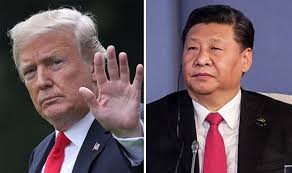
The tide began to change around 2020:
when the U.S., led by then-President Donald Trump,
adopted the Clean Network initiative to freeze Chinese businesses out of telecom infrastructure projects.
The U.S. has since kept this tough stance against Beijing, citing the need to ensure data security.
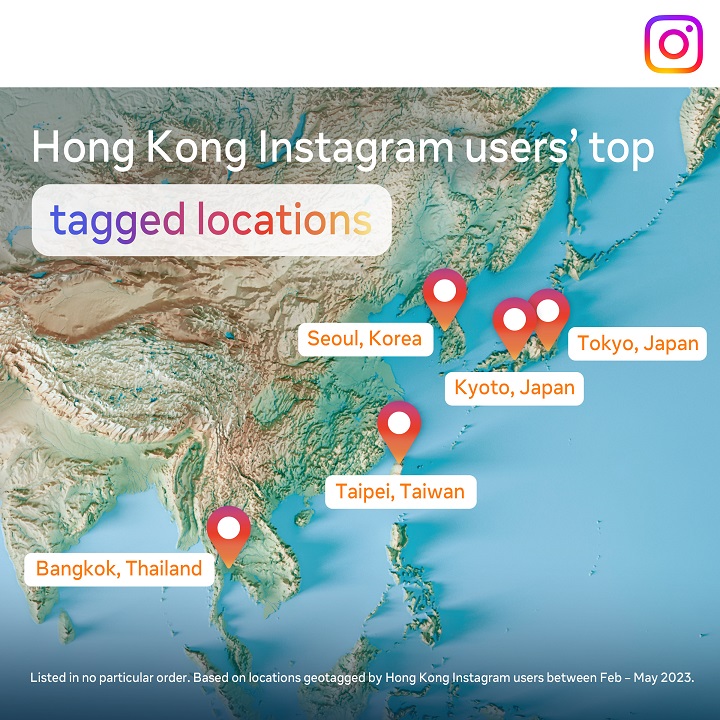
The U.S. Department of Justice urged Google and Meta in 2020 :
to revise their plan to lay a 13,000-km undersea cable between Los Angeles and Hong Kong.
The project was at its final stage, but the tech giants hastily decided to exclude China, limiting its destinations to Taiwan and the Philippines.
A World Bank-led subsea cable project for South Pacific island nations has also shut out Chinese businesses, aligning itself with U.S. policy.

China’s presence in subsea cable networks is fading rapidly :
Demand for data traffic between the U.S. and Asia overall remains strong.
There are plans to lay four cables to Japan and seven to Singapore after 2024.
In addition, nine cables will be laid to Guam, midway between the U.S. mainland and Southeast Asia.
1.3 international cables to connect Hong Kong are due for completion in 2025,
2.but no undersea projects are scheduled for the country thereafter.
an official at a cable management company said :
U.S. companies play a key role in installing cables that bypass Chinese influence.
“The efforts have been led by a handful of companies such as Google,”
U.S. tech giants have taken part in projects aimed at laying international subsea cables with a combined length of 220,000 km from 2021 to 2025,
accounting for 48% of the global total for new projects, up 15 percentage points from the five years through 2020.

Cushman & Wakefield forecasts :
China will account for 7% of data centers’ global revenue in 2028, down from 9% in 2023.
The presence of submarine cables also affects locations for data centers.
In the same period, the U.S. is expected to see its share fall to 38% from 49%, while Southeast Asia will likely see its ratio rise to 11% from 9%, thanks to successive cable projects.
Subsea cables and call centers :
They are two pillars of digital infrastructure that move large amounts of data. Their presence could determine the power and influence of host countries and the businesses operating within them.